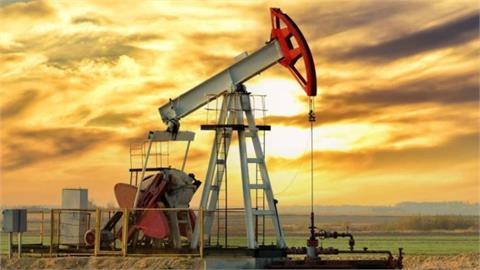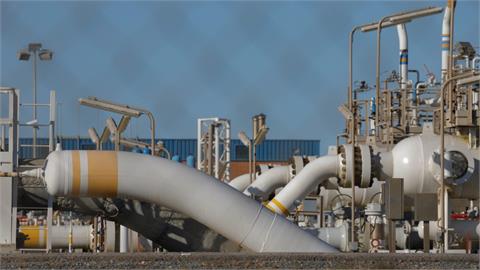The world's first grid-scale liquid air energy storage (LAES) plant was officially launched in Greater Manchester, England on Tuesday, developer Highview Power said.
The 5-megawatt/15 megawatt-hour LAES plant, located at the Pilsworth landfill gas site in Bury, has been developed in partnership with recycling and renewable energy company, Viridor.
It has been enabled in part by over £8 million ($10.7 million) in funding from the U.K. government, according to a company statement.
LAES technology makes use of air, which is stored as liquid, and then converted back to gas. The technology involves an expansion process that releases stored energy, which in turn, drives a turbine to generate electricity.
In addition to providing energy storage, the LAES plant at Bury converts waste heat to power using heat from the on-site landfill gas engines, the statement added.
Prof. John Loughhead, chief scientific adviser at the U.K. Department for Business, Energy and Industrial Strategy, officially switched on the plant, saying the deployment of smart, flexible technologies, such as energy storage, would help ensure the U.K. had "a secure, affordable and clean energy system now and in the future in keeping with the priorities within the U.K. government's Modern Industrial Strategy".
Gareth Brett, CEO at Highview Power, thanked the British government for its support for the plant, calling it "the only large scale, true long-duration, locatable energy storage technology available today, at acceptable cost".
"The adoption of LAES technology is now underway, and discussions are progressing with utilities around the world who see the opportunity for LAES to support the transition to a low-carbon world," Brett said.
LAES does not involve exotic metals or harmful chemicals, and the process does not release any carbon emissions, according to the statement, which said the plant comprised mostly of steel, which has a lifespan of between 30 to 40 years, in comparison with 10 years for batteries.
The statement said the plants could be located at the point of demand making them highly flexible and capable of supplying energy to help light urban areas. It added that at the end of life, a LAES plant can be decommissioned and the steel recycled.
Yoav Zingher, CEO at demand response aggregator KiWi Power Ltd., underlined the LAES technology was "a great step forward in the creation of a truly de-centralized energy system" in the country allowing end-users to balance the national electricity network at times of peak demand.
After the launch, KiWi Power will be able to draw energy from the LAES plant to power about 5,000 average-sized homes for around three hours, according to the statement.
LAES plants could easily store enough clean electricity generated by a local wind farm to power a town like Bury (around 100,000 homes) for many days, not just a few hours, it added.
"True long-duration energy storage is critical to enable the broader deployment of renewable energy; overcome the intermittency of solar and wind energy; help smooth peaks and troughs in demand; and provide the U.K. with a stable and secure source of homegrown energy," Highview Power said.
(Anadolu Agency, 06/06/2018)



